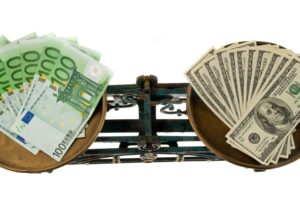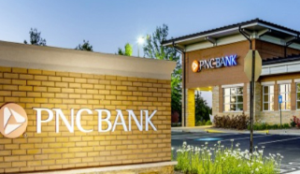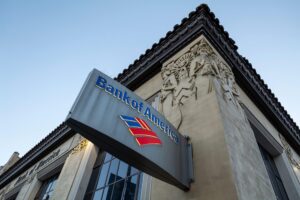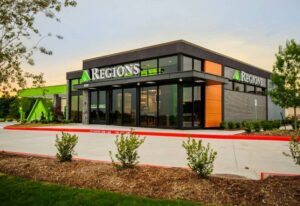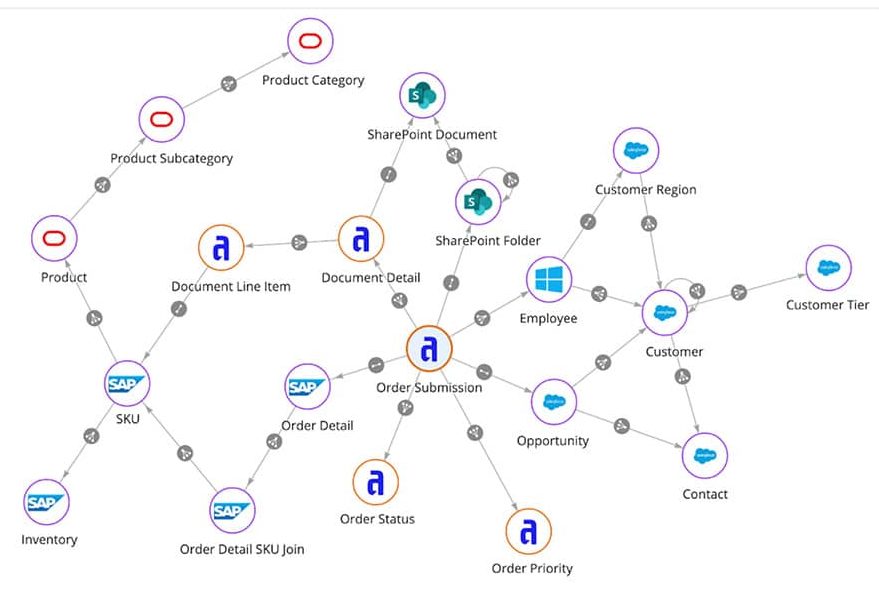
The old carpentry saying “measure twice, cut once” is a reminder to make doubly sure that you know exactly what size you need from your lumber before you take out your saw. It aims to keep you from making mistakes, from cutting pieces that don’t fit properly, and ultimately, from wasting time and money. You can apply this advice to your automation programs, but instead of measuring lumber, you’ll measure the value they create.
Many automation programs deliver meaningful returns on investment but it’s easy to miss the opportunity to properly measure these returns. Many programs begin with the basic understanding that the outcomes will be beneficial, but they fall short of trying to quantify these benefits. Why is it important to think about the value a program of automation will create? There are several reasons:
- If you don’t define what you set out to achieve, how will you know you’ve achieved it? If you had no targets in mind, you’ll have a hard time claiming you’ve met them.
- Without setting measurable targets you will very likely spend a lot of time making changes to what you have delivered, since you aren’t able to declare you’ve met your objectives.
- How will you know you’ve solved the right problem if you don’t have a vision for the impact your automation program will create? Without trying to plan a set of measurable goals you may end up building solutions that are different than what they replace but do not provide a measurable benefit.
- Finally, doesn’t it make sense to focus your efforts on delivering the most value first? How can you design an automation program that front-loads value delivery if you haven’t tried to estimate the potential value of your solutions?
Understanding how your automation program will deliver value, and setting goals before you begin work is not only a smart way to work efficiently and with impact, but also a great way to demonstrate success to your sponsors.
So what can you do to begin quantifying the value of your program? Here are a few easy steps:
- Decide which metric(s) you will use to define the value of your solution. Common metrics are time and money, but you can use any factor that you can measure.
- Collect the baseline metrics that exist today. For example, how much time or money does a business process take to complete?
- Establish targets for your metrics. Do you want to spend 50% less time completing a unit of work? Will you aim for a lower-cost process?
- Figure out how you will measure these values after you have built your solution.
- Measure the results, compare to your target objectives, and iterate as required.
A great way to get a head start on measuring your as-is and afterward metrics is to use a platform like Appian to automate your business. Appian not only lets you build and automate complex workflows faster, it includes a process mining capability that will help you to quantify how your processes behave.
Using the Appian process mining tool you can discover exactly how a business process works today and in the future. It can make value measuring easy, helping you to measure twice and cut once.
- SEO Powered Content & PR Distribution. Get Amplified Today.
- Platoblockchain. Web3 Metaverse Intelligence. Knowledge Amplified. Access Here.
- Source: https://bankautomationnews.com/allposts/center-of-excellence/measure-twice-cut-once-quantifying-the-value-of-automation-programs/
- a
- Able
- About
- Achieve
- achieved
- advice
- After
- aims
- and
- Apply
- automate
- Automation
- Baseline
- basic
- before
- beneficial
- benefit
- benefits
- build
- Building
- built
- business
- Business Process
- Changes
- claiming
- Common
- compare
- complete
- completing
- complex
- create
- Cut
- cutting
- deliver
- delivered
- delivering
- delivery
- demonstrate
- Design
- different
- discover
- Doesn’t
- Dont
- doubly
- efficiently
- efforts
- estimate
- exactly
- example
- Fall
- faster
- few
- First
- fit
- Focus
- from
- future
- get
- Goals
- great
- Hard
- head
- help
- helping
- here
- How
- HTTPS
- Impact
- important
- in
- includes
- instead
- investment
- IT
- Keep
- Know
- Lets
- likely
- Lot
- make
- Making
- many
- meaningful
- measure
- measuring
- Metrics
- mind
- Mining
- mistakes
- money
- most
- Need
- objectives
- Old
- Opportunity
- pieces
- plan
- platform
- plato
- Plato Data Intelligence
- PlatoData
- potential
- Problem
- process
- process mining
- processes
- Program
- Programs
- properly
- provide
- reasons
- replace
- required
- Results
- returns
- sense
- set
- setting
- several
- Short
- since
- Size
- smart
- solution
- Solutions
- spend
- Sponsored
- Sponsors
- start
- Steps
- success
- Take
- Target
- targets
- The
- The Future
- time
- to
- today
- tool
- Twice
- Ultimately
- unit
- use
- value
- Values
- vision
- What
- which
- will
- without
- Work
- workflows
- works
- Your
- zephyrnet


